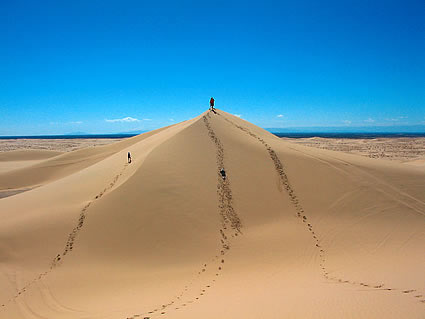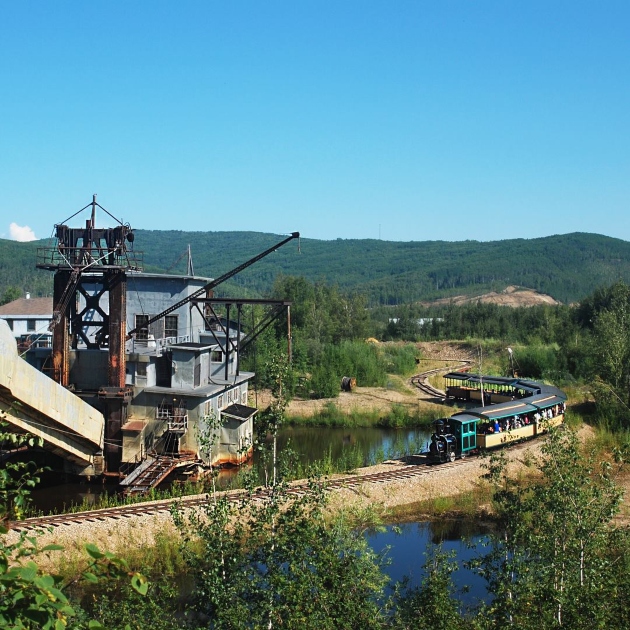Going to school can be fun
The Olsens travel across Arizona and gain knowledge on the way

Teri and Richard Olsen moved to Arizona in the 1970s and have been residents of New River, Arizona, for the past 20 years. Teri spoke to RVwest magazine about the enormous amount of time she and her family have spent exploring every corner of the state.
“Both of us were awe-struck by Arizona’s unique beauty, scenic diversity and colourful history,” she said.
When the Olsens started having children, they decided to home-school them as they wanted to spend more time together as a family. They now have three boys—Peter, Jonathan and Joshua—and they have all been home-schooled since they were born. Instead of just gaining knowledge from textbooks and exams, Peter, Jonathan and Joshua spent their school days going on nature hikes, doing science experiments, reading books and discovering historical and educational monuments around Arizona. Throughout the years, Olsen has created a blog that can be accessed by visitors to Arizona. Included on the blog are Olsen’s archives, posts of past trips and information on specific areas where she has taken her kids.
Some of their favourites
The Yuma Territorial Prison State Historic Park is located five minutes from the Depot State Historic Park and Olsen suggests that visitors make a day of it and see two important monuments to Yuma’s history. The prison held more than 3,000 people between 1876 and 1909 who were convicted of crimes ranging from polygamy to murder. Olsen said that legend has it that not all of the prisoners have left their cells completely empty. “(There is a) dark cell, a cave-like windowless room with stone walls, which was used for solitary confinement,” said Olsen. “It is said to be haunted.”
To teach their children about their natural environment and the abundance of wildlife found around Yuma, the Olsens took Peter, Jonathan and Joshua to the Kofa National Wildlife Refuge, the Cibola National Wildlife Refuge and the Imperial Sand Dunes. The Kofa refuge encompasses 665,400 acres of desert and has one of the largest desert bighorn sheep populations in the southwestern United States. The Cibola refuge is located on the floodplain of the Colorado River and because of this birds flock to the area. Olsen said that visitors can see aquatic birds such as ducks, grebes, egrets, cranes, herons and geese.
“It is the winter home of the largest concentration of Canada geese,” said Olsen.






